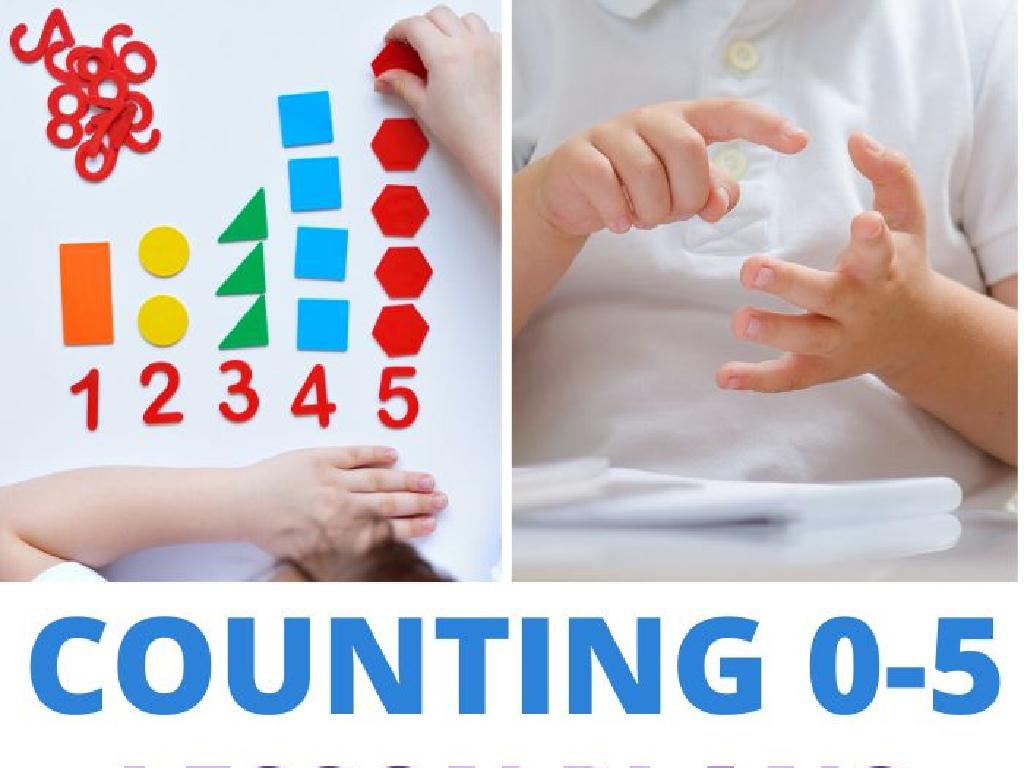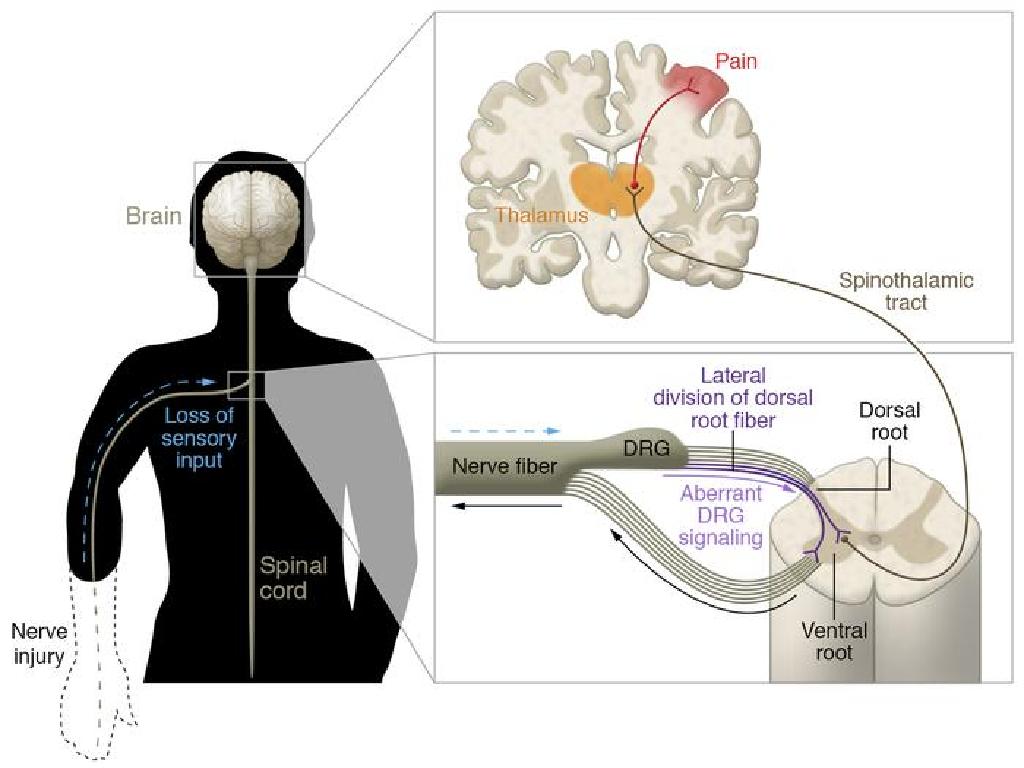Identify Alternate Interior And Alternate Exterior Angles
Subject: Math
Grade: Eighth grade
Topic: Lines And Angles
Please LOG IN to download the presentation. Access is available to registered users only.
View More Content
Exploring Angles in Geometry
– Basics of geometry
– Geometry is the branch of math that deals with shapes, sizes, and properties of space.
– Alternate interior/exterior angles
– Alternate interior angles are non-adjacent and lie on opposite sides of the transversal. Alternate exterior angles also lie on opposite sides but are outside the two lines.
– Real-world angle applications
– These angles are found in various structures, like bridges and buildings, ensuring stability and aesthetics.
– Understanding angle relationships
|
This slide introduces the fundamental concepts of geometry, with a focus on alternate interior and exterior angles. Begin by explaining the importance of geometry in understanding the space and shapes around us. Then, delve into the specifics of alternate interior and exterior angles, which are formed when a transversal crosses two parallel lines. Highlight how these angles are equal to each other, a property that is used by engineers and architects in designing real-world structures such as bridges, where the angles provide necessary support and balance. Encourage students to observe such angles in their surroundings and understand their significance in practical applications.
Understanding Angles
– Recap of angle properties
– Angles are formed by two rays with a common endpoint, called the vertex.
– Types of angles
– Acute (90°), Straight (180°)
– Measuring angles in degrees
– Degrees measure the size of an angle. A full circle is 360°.
– Significance of angle types
|
Begin with a brief review of what angles are and their fundamental properties, emphasizing the concept of rays and the vertex. Discuss the four main types of angles: acute, right, obtuse, and straight, ensuring to highlight their degree measurements. Explain how angles are measured in degrees, with a full circle equating to 360 degrees. This foundational knowledge is crucial for understanding more complex concepts such as alternate interior and exterior angles. Use diagrams to visually represent each type of angle and provide examples for clarity. Encourage students to use a protractor for measuring angles in class activities.
Introduction to Lines and Angles
– Understanding parallel lines
– Parallel lines run side by side, never crossing.
– What is a transversal?
– A transversal crosses through parallel lines.
– Transversal’s role in angles
– It creates various angles, including alternate interior and exterior angles.
– Identifying alternate angles
– Learn to spot alternate angles on different sides of the transversal.
|
This slide introduces students to the foundational concepts of lines and angles, specifically focusing on parallel lines and transversals. It’s crucial for students to grasp that parallel lines are always the same distance apart and never meet. A transversal is a line that intersects two or more lines, and when it crosses parallel lines, it creates several types of angles. Emphasize the role of the transversal in forming alternate interior and exterior angles, which are equal when the lines are parallel. Provide examples on the board and encourage students to draw their own diagrams to visualize these concepts. This understanding is key for solving problems involving line and angle relationships.
Alternate Interior Angles
– Define Alternate Interior Angles
– Angles on opposite sides of a transversal but inside the two lines
– Characteristics of these angles
– They are equal when lines are parallel
– Properties of Alternate Interior Angles
– When two lines are parallel, alternate interior angles are congruent
– Real-life examples
– Parallel train tracks with crossing beams, window panes
|
Alternate interior angles are formed when a transversal crosses two other lines. These angles are on opposite sides of the transversal and inside the two intersected lines. When the lines are parallel, alternate interior angles are equal in measure, which is a key property in solving various geometric problems. Real-life examples, such as the angles formed by the crossing beams of a railroad track or the panes in a window, can help students visualize and understand the concept. Encourage students to find alternate interior angles in their surroundings and discuss their observations in class.
Exploring Alternate Exterior Angles
– Define Alternate Exterior Angles
– Angles on opposite sides of a transversal, outside parallel lines
– Characteristics of these angles
– They are equal when lines are parallel
– Real-life examples
– Parallel streets with crossing pathways
– Understanding their properties
– They never share a common vertex and are congruent
|
This slide introduces the concept of alternate exterior angles, which are angles that lie on opposite sides of a transversal and outside the two lines it intersects. Emphasize that these angles are congruent when the lines are parallel, which is a key property. Provide relatable examples, such as parallel streets with crossing pathways, to help students visualize the concept. Discuss the importance of these angles in geometric proofs and real-world applications, such as in construction and design. Encourage students to identify alternate exterior angles in various diagrams and real-life scenarios to reinforce their understanding.
Identifying Alternate Interior & Exterior Angles
– Practice identifying angles
– Focus on alternate interior and exterior angles
– Use color coding for differentiation
– Assign specific colors to each angle type
– Group activity on angle identification
– Work in groups to find angles in provided diagrams
– Understand angle relationships
|
This slide is aimed at helping students practice and reinforce their understanding of alternate interior and exterior angles. Begin by reviewing what these angles are and where they are located when two lines are crossed by a transversal. Introduce color coding as a visual aid to help students differentiate between the angles more easily. For the group activity, provide diagrams with multiple pairs of alternate interior and exterior angles and have students use the color coding method to identify them. This interactive approach will enhance their learning experience. Ensure that each group discusses and agrees on the angles they identify. Conclude with a discussion on how these angles relate to each other, emphasizing that alternate interior angles are equal, as are alternate exterior angles.
Angle Relationships: Alternate Angles
– Relation of alternate angles
– Alternate interior angles are equal, as are alternate exterior angles.
– Congruent angles explained
– Congruent angles have the exact same measure.
– Theorems for alternate angles
– The Alternate Interior Angles Theorem states that if a transversal intersects two parallel lines, then each pair of alternate interior angles are equal.
– Applying theorems in problems
– Use theorems to solve for unknown angles in geometric figures.
|
This slide introduces students to the concept of alternate interior and exterior angles and their relationships. Emphasize that alternate interior angles are inside the parallel lines on opposite sides of the transversal and are congruent. Similarly, alternate exterior angles are outside the parallel lines and are also congruent. Discuss theorems that formalize these observations, such as the Alternate Interior Angles Theorem and the Alternate Exterior Angles Theorem. Provide examples and encourage students to apply these theorems to find unknown angle measures in various geometric figures, reinforcing their understanding of angle relationships.
Real-World Application of Angles
– Alternate angles in architecture
– Observe angles in famous buildings and bridges
– Angle knowledge in construction
– Correct angles ensure stability and aesthetics
– Class discussion on angle observation
– Share where you’ve seen alternate angles in daily life
– Understanding angles’ importance
|
This slide aims to connect the abstract concept of alternate interior and exterior angles with practical applications in the real world. Students will explore how these angles are integral in the design and construction of buildings and other structures, emphasizing the importance of precision in architecture. Engage the class in a discussion to identify where they have encountered alternate angles in their surroundings, such as in art, nature, or urban landscapes. This will help them appreciate the relevance of mathematical concepts in everyday life and inspire them to observe the world with a more analytical perspective. Encourage students to bring examples or photos to the next class to foster a collaborative learning environment.
Let’s Practice: Alternate Angles
– Complete the worksheet individually
– Solve problems on alternate angles
– Find alternate interior and exterior angles in given figures
– Share your solutions with the class
– Explain your problem-solving process
– Discuss different methods used
– Compare approaches to find the best strategies
|
This slide is for a class activity focused on applying knowledge of alternate interior and exterior angles. Provide students with individual worksheets containing various geometric figures and ask them to identify and solve for alternate interior and exterior angles. After completion, students will engage in a discussion to share their answers and the methods they used to solve the problems. This will allow them to learn from each other and understand different approaches to the same problem. As a teacher, facilitate the discussion by highlighting different strategies and reinforcing the correct methods. Prepare to offer guidance on common mistakes and misconceptions about angle relationships.
Class Activity: Angle Hunt
– Form groups for angle exploration
– Find and photograph alternate angles
– Look around the classroom or school for real-life examples of alternate interior and exterior angles
– Present your angle findings
– Discuss the significance of each
– Why are these angles important? How do they appear in everyday structures?
|
This activity is designed to help students identify alternate interior and exterior angles in a practical context. By working in groups, students will engage in collaborative learning and apply their theoretical knowledge to the real world. Encourage them to look for examples in door frames, bookshelves, or even architectural features in the school building. After taking pictures, each group will present their findings to the class, explaining where they found the angles and why they believe they are alternate interior or exterior angles. The discussion should focus on the significance of these angles in construction and design, reinforcing the concept that math is not just theoretical but also practical and observable in everyday life. Provide guidance on how to identify these angles and ensure that each group understands the criteria for alternate angles. Possible activities could include measuring the angles they find, comparing them to see if they are congruent, and explaining how these angles contribute to the stability and design of structures.
Conclusion: Alternate Interior & Exterior Angles
– Recap alternate interior angles
– Angles between 2 lines on opposite sides of a transversal
– Recap alternate exterior angles
– Angles outside 2 lines on opposite sides of a transversal
– Significance in geometry
– Understanding these angles is crucial for solving geometric problems
– Upcoming: angle pairs lesson
|
As we wrap up today’s lesson, remember that alternate interior angles are non-adjacent and lie between two lines on opposite sides of a transversal. Similarly, alternate exterior angles are also non-adjacent but lie outside the two lines. Recognizing these angles is essential for geometric proofs and problem-solving. In our next lesson, we’ll delve into angle pairs and their properties, which will further enhance your understanding of geometric relationships. Make sure to review today’s material to prepare for the next class.




